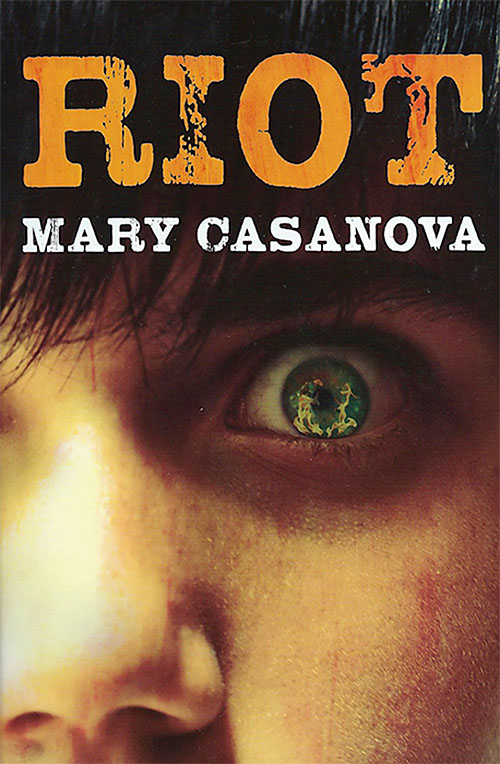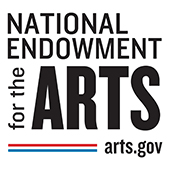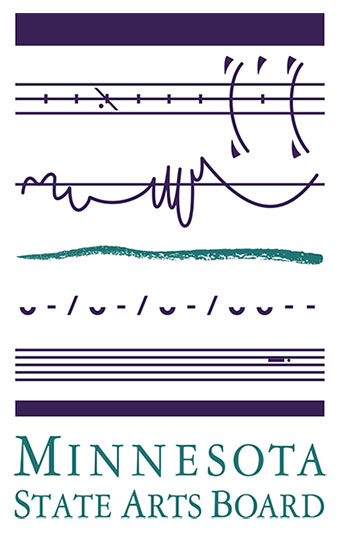
Riot
Reissued by the University of Minnesota Press, 2013
Paperback: 978 – 0816692095
128 pages
Autographed copies of Riot are available from Mary’s online store.
Riot
written by Mary Casanova
Bryan said under his breath, “ruining our whole town!” It felt good to say it. It made him feel like he was standing right alongside Dad, fighting the battle with him, even if he didn’t fully understand the battle.
Ever since his dad, a union worker, began battling the nonunion “rats” of Badgett Construction over jobs at the paper mill, Bryan’s life has been spinning close to chaos.
From daily fistfights in the school yard to nightly acts of vandalism, tensions rise and tempers flare with no solution in sight. To make matters worse, Brian falls for a new girl from a nonunion family. As workers unite and loyalties divide, it gets tougher for Bryan to separate his friends from his enemies.
And then one night Bryan witnesses the most violent act.
Discuss
Background Information:
- Read and listen to information about the labor dispute that became the basis for Riot: Legacy of the 1989 Labor Uprising by Leif Enger; Minnesota Public Radio. For the audio version, please use the player below.
NOTE FOR TEACHERS: Due to a few adult words used by some of the men interviewed this audio carries a “listener caution.” — please preview.
Discussion Topics:
- Discuss how you feel about the labor dispute in International Falls. Would you have felt like Bryan or would have identified more readily with children of the nonunion workers?
- During the Civil War in the United States, neighbors were often on opposite sides, sometimes even members of the same family— brother against brother, cousins, uncles, and fathers. (A good fiction book to read on this topic is the classic title by Irene Hunt, Across Five Aprils). In some people’s opinion, the situation portrayed in Riot may not be as momentus but in terms of conflict the situations are very similiar. Compare and contrast the residual effect of the divided loyalities of families and friends during the Civil War and in the labor dispute in International Falls.
Reviews & Comments
“The gripping story of a Minnesota milling town ripped apart by tension and violence”
—Booklist
Casanova has created an exciting, realistic novel.”
—School Library Journal
Awards
- Junior Library Guild Selection
- Northeastern Minnesota Book Award nominee
- Minnesota Book Award Finalist
- Children’s Sequoyah Master List (Oklahoma), 1998 – 99
- Children’s Crown Master List, 1999
- ALA Quick Picks for YA Reluctant Readers nominee
Note from Mary
On September 9, 1989, a friend called me from across the river in Canada and asked, “Mary, what’s going on over there? Is your whole town on fire?”
My husband and I flipped on the radio. The mayor said, “Don’t go into town today. There’s a mob, hundreds of men strong, roaming through the streets of International Falls. Stay home.” It was a frightening day
Riot is based on the labor dispute I lived through in International Falls, MN in l989. It is a story I had to write. Whether it ever got published was secondary. I need to make sense of a difficult piece of history. Five years after the event, a fictionalized story began to emerge about Bryan Grant, a 6th grader, who is struggling to make sense of the changes in his family, his community and himself.
Bryan’s father is angry that the paper company decided to hire largely non-union workers for the new expansion project. As he becomes more involved in protesting that turns violent, Bryan must figure out where he stands. His mother is a school teacher and union member who believes that peaceable means of resolving conflict are best. Life gets more complicated for Bryan when he falls for Chelsie, the daughter of a non-union family.
By writing Riot, I was able to find some sense of peace and resolution about what happened in International Falls. Since the book came out, I’ve heard many positive responses from community members. They say the book handles the event fairly, trying to show both sides. By looking at what happened in our small, usually peaceful community, I hope Riot will be a springboard for thoughtful discussion on how to resolve conflict peaceably and prevent violence from erupting and pitting individuals against one another. Conflict is inevitable, but how we handle our anger is up to each of us.


